Leaving Slovakia
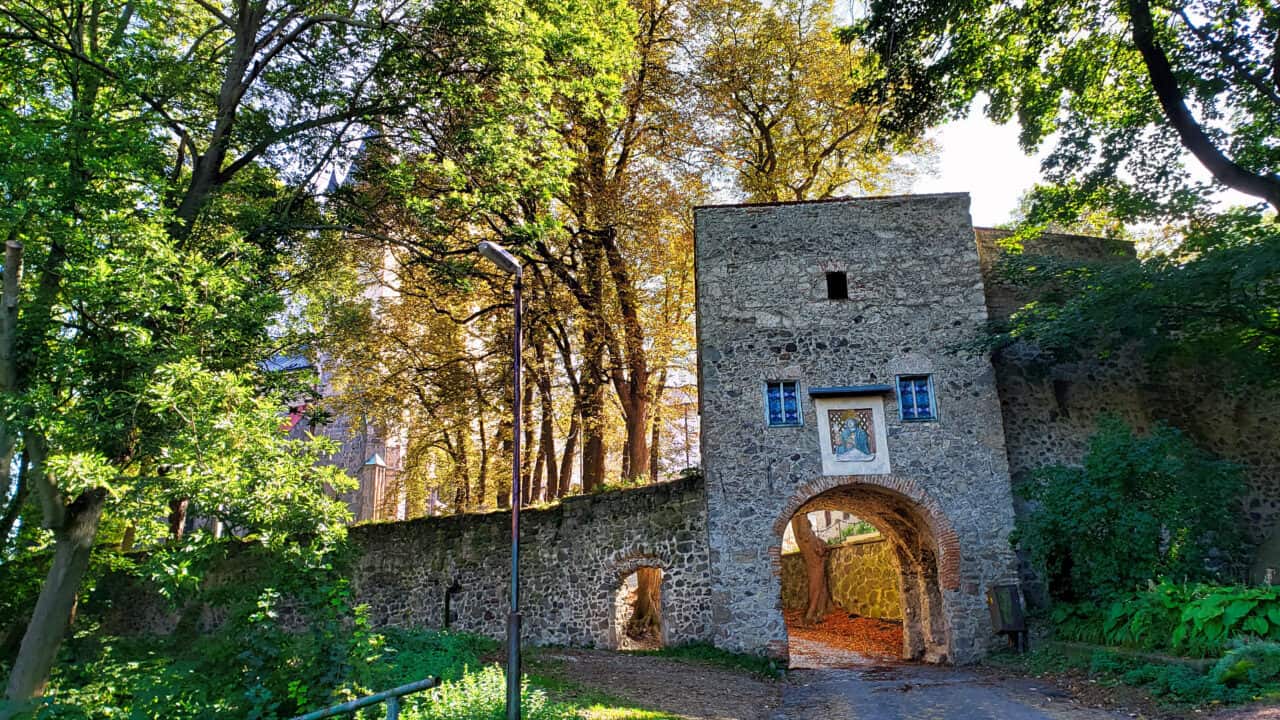
After 42 days we are now leaving Slovakia. Slovakia is a fairly small country, even smaller than Nova Scotia, with a total population of about 5.5 million, no bigger than the Greater Toronto area. The coronavirus has changed our plans a few times. We had hoped to cycle along the Danube in Slovakia, possibly detouring on the bikes south a little bit into Budapest. This didn’t work as the best paths and trains were all on the Hungarian side of the river and Hungary is locked down tight due to the coronavirus. We spent a good six weeks with very little cycling but hope to change that in the near future.
Slovakia is filled with small towns with lovely pedestrian main squares that Mike and I really enjoy wandering around in while visiting their cafés and restaurants. Slovakia seems to be filled with more churches per capita than I think we have seen in Europe so far, and that is saying something. Surprisingly it is my husband who is now the first one to want to visit and photograph the various churches and castles that we see. You often see ruins of large castles on the hills as you drive around the country. They can be quite interesting to wander around. Some of the castles have been partially restored and are now set up as museums and tourist sites.
There are memorial columns to two events that can be seen in many of the towns we visited in Slovakia. The most prevalent was “The Plague Column” often called the “Trinity Column”. The plague decimated Slovakia at the beginning of the 1700s. One town we visited said that they lost more than half the population of the entire town to the plague. The second most common memorial column we see is dedicated to the Russians for liberating Slovakia from the Germans during WWII. The Black Obelisk in the picture below is a memorial to Soviet Soldiers in the Slovak National Uprising Square in Banská Bystrica. There is a Plague Column dedicated to the Virgin Mary for ending the plague in the same square.
Prior to WW II Slovakia wanted independence from Czechoslovakia. This attitude contributed to them aligning with and becoming a puppet of the Nazis at the beginning of the war. This compliance didn’t last and as the Red Army was moving west, Slovaks became the first to rise and join with the Soviets fighting for their liberation. This uprising in 1944 was crushed by the Nazis killing Russians and partisans alike. A second attempt with the Red Army in 1945 saw western Czechoslovakia, today’s Slovakia, liberated from the Germans. The Americans helped liberate eastern Czechoslovakia.
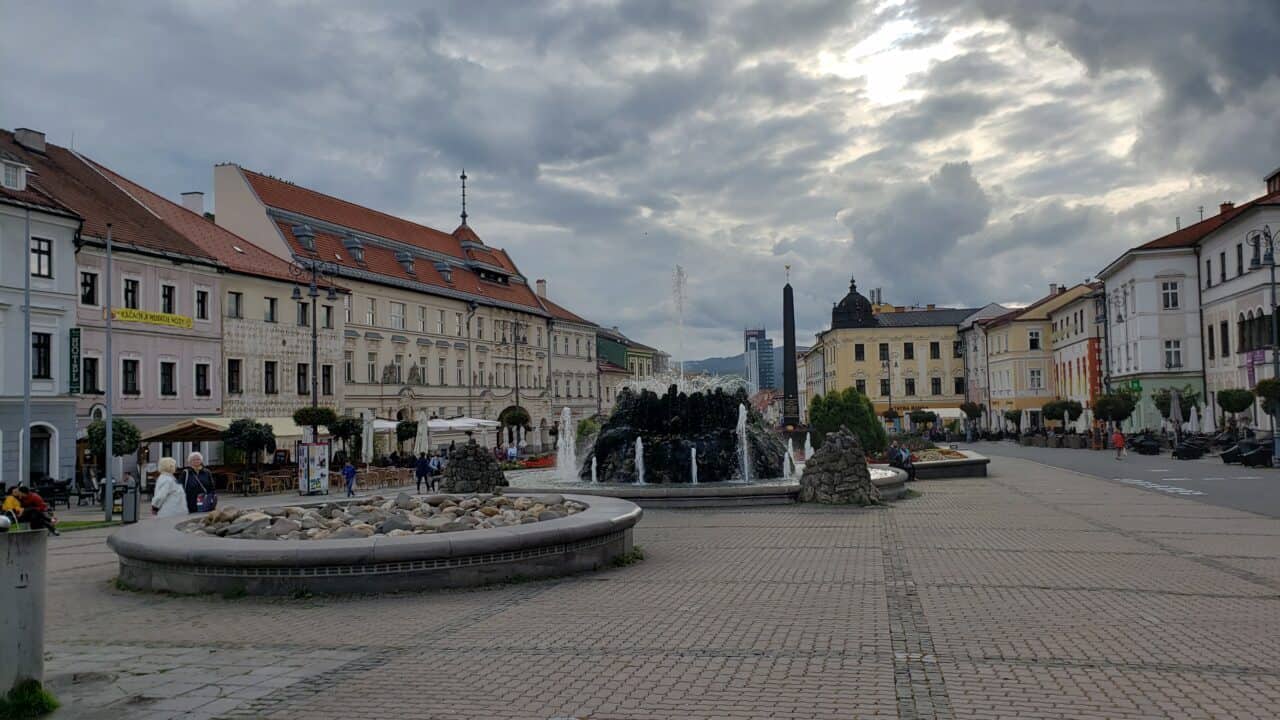
Just north of where we were recently camping was the city of Banská Bystrica. Although the town itself was lovely it was the worst place we have ever seen for traffic. There were almost no roundabouts, no traffic lights and, most surprising, no stop signs. The intersections were just awful to traverse in the car, imagine if we had had the RV. We noticed this specifically because it was so different than anywhere else.
Another town, Banská Štiavnica, is located in the middle of an immense caldera created by the collapse of a long-extinct volcano. According to the internet, it is a completely preserved medieval town. To us it didn’t look like the medieval towns that we have seen that could have been the setting for “Game of Thrones” but it was still an extremely nice town to visit. One disadvantage of towns created on the side of ancient volcanos is that everywhere you go you are either walking up or down hills or steps. Banská Štiavnica was once called the Silver City. Mining for various minerals appears to have been a major industry throughout Slovakia.
We visited one small village where some of the homes where built right into the rocks. Some of these places were still occupied, while others had long since been deserted. These rock cave dwellings reminding me somewhat of the Pueblo cliff dwellings in New Mexico.
Mike says it is nut dropping season in Slovakia. A couple of times we have been quite worried about the windscreen on our car as large nuts crashed into it when we drove at highway speeds under the overhanging chestnut trees. Every so often in a evening, Mike and I would both jump as we heard something hard hit the roof of the RV. I thought it had to be people doing something but it turned out to be more nuts.
I spent the first three weeks in Slovakia looking for frozen lasagna in the supermarkets. Eventually we found out that, in Slovakia, you can find “cooled” lasagna in the refrigerated sections but not frozen lasagna. We don’t eat it often enough to buy more than one package at a time. I have left it on my shopping list as we should be able to purchase some when we get back into Slovenia.
Again, I am writing this article as we are moving from one place to another. While Mike drives, I write. We are currently on the A2 highway going through Austria. Our Garmin GPS just interrupted us to say “A driver has been reported travelling the wrong way on the A2”. I really don’t want any sort of accident while we are over here. No-one wants to touch either of our vehicles, when we want something done as simple as an oil change so it would be really problematic if we needed a major repair.
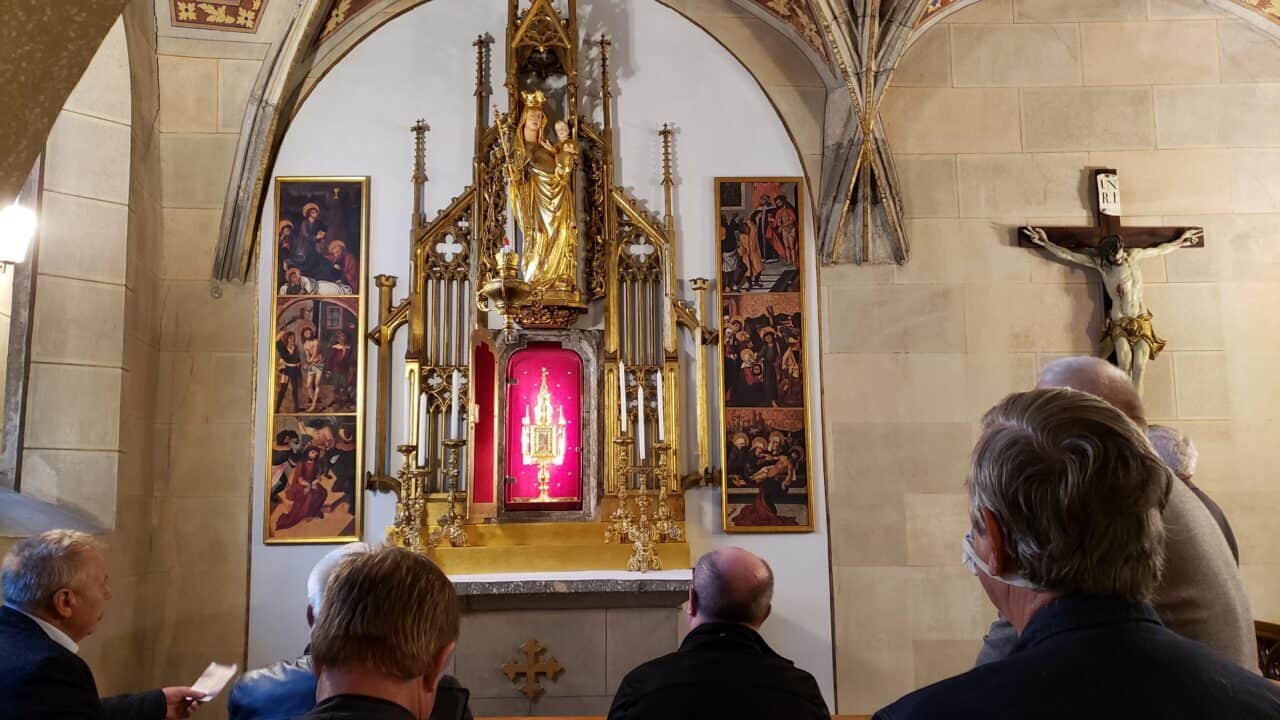
One of the recent highlights was, believe it or not, a visit to another church. We were driving down a rural road and saw a lovely large gothic church/cathedral on the side of the road. This time I asked Mike to turn around and go back so that we could have a look. We walked in through a large archway (see the picture at the top of this post) into an area containing the Hronský Beňadik monastery and church. We walked into the church but the lights were out and you could only see a bit of it from the back. There was a barrier that you could see through but not walk past, between the entrance lobby and the main church itself. This is quite common in many of the larger churches in Slovakia. We left the church, planning on wandering around outside and looking at the buildings when we encountered a group of men. A couple of them spoke a little English and said hello to us when they saw my Canadian knapsack. These men strongly suggested that we come with them back into the cathedral.
Over the next half hour we discovered that the Bishop and Rector of the Basilica were giving this group of about eight men a private tour. They opened all the doors and turned on the lights for them. At one point they opened a side door to a private chapel. Everyone knelt, and the rector opened the tabernacle and held up a golden reliquary that we discovered held a relic of Christ’s Blood. On the occasion of the consecration of the church in 1483 the abbey received a valuable gift from the King, a relic of Christ’s Blood, a piece of old canvas with drops of Christ’s blood. It is held in extremely high regard. Earlier this year, the reliquary with Christ’s Blood, along with the rector, were taken aboard a small plane and flown around blessing the sick, doctors, paramedics, soldiers and police officers with the intention of averting the coronavirus epidemic and all the difficulties associated with it. On a side note, Slovakia has one of the lowest counts of deaths/million population in Europe.
While we were touring the Basilica the group of men we were with kept breaking out into spontaneous song. I am not sure if they were part of a choir or what but it was lovely to hear. According to the internet the Basilica of St. Benedict was first mentioned in historical documents in 1075 when an inventory was done for the king. One of the men with limited English tried to tell me this, but I all I really picked up at the time, was the year 1075 for the church and 1483 for the relic. After the private ceremony with the relic of Christ’s Blood, Mike thought we should leave fairly quickly and not intrude any longer. I thought that if we stayed around we might be invited to lunch but Mike was all for leaving so we did. It was a very unexpected and extremely interesting diversion.
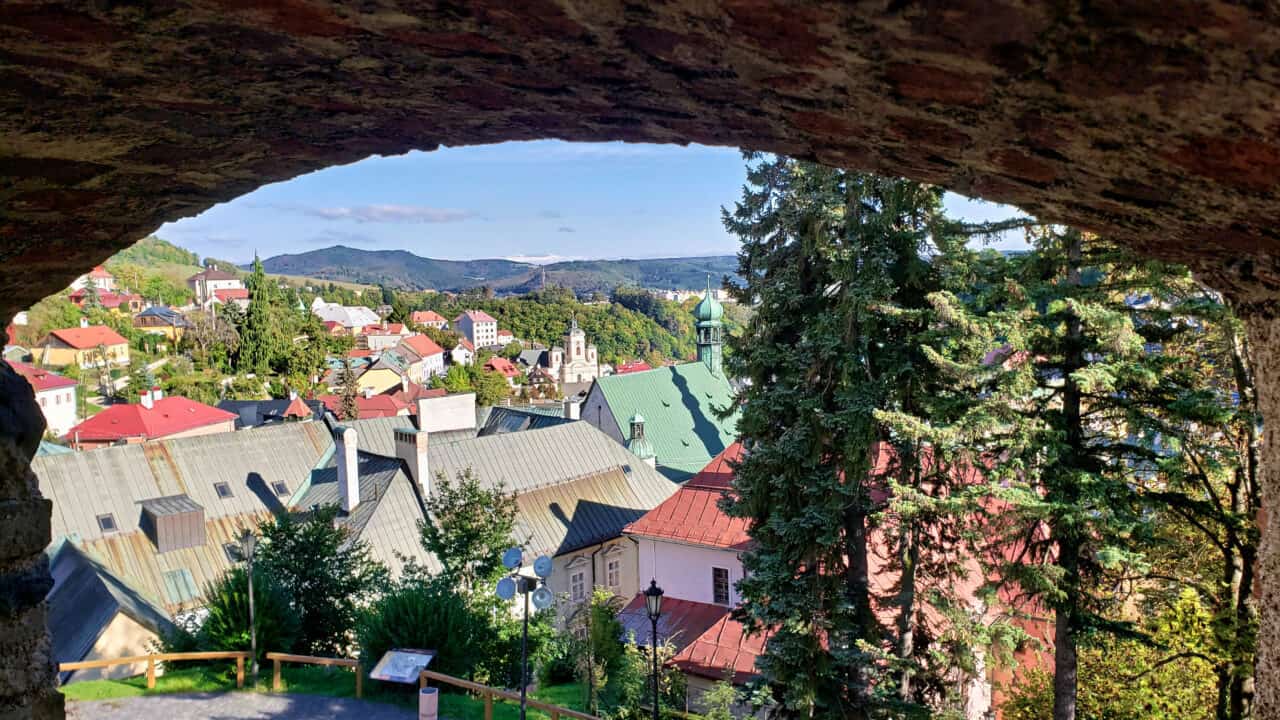
The campgrounds in Slovakia have been almost completely empty. We didn’t have a single visitor in the evening the whole time we were here. In actual fact, if you ignore our week in the village of Mirna, Slovenia, we have only had one visitor in for drinks the entire trip so far. This has been a big disappointment this year. It is really good that Mike and I get on quite well with each other since we have not talked to anyone else much at all.
I am really glad that we got up into the High Tatras. The mountains were great and well set up for tourists and hikers. This country is not well set up for cyclists. The roads are too busy and too narrow and the only bike paths that you see are in the centre of some towns. We have done very little riding in the last six weeks but we hope to change that soon.
In Slovakia we would occasionally see a sign on the highway with two different temperatures on it. The top half of the sign has a picture of clouds with a temperature. I am not sure if this picture changed based on the weather or not. The bottom half of the sign has the symbol for a highway with a different temperature, sometimes quite different. We really didn’t understand this sign and if someone knows what it means please add it to the comments below.
As I mentioned previously, Austria will only allow us to drive our RV for the next two weeks and then we have to stop for five or six months because we don’t have chains on our tires. You cannot enter Slovenia without quarantining if you are coming from Vienna. I heard that Lower Austria, the area between Vienna and Slovenia, also had an increasing number of coronavirus cases. The number of cases determines the border status. For the sake of a week or two, Mike and I didn’t want to chance getting stuck in Austria and not be able to get back to Slovenia where we will probably leave our RV this winter. We decided that we would drive straight through from Slovakia through Austria into Slovenia today. It is about a four hour drive. This doesn’t sound too bad, but is the longest drive we will have done in the RV, on European roads, in a few years. We have a transponder from Austria, as we do in most countries, that determines your toll amounts based on distance driven. Car tolls are based on time, larger vehicle tolls are based on distance. We had to top up the amount left on our transponder account. We had about two hours of driving left in Austria. The gas station told us that if we added $150 Cdn to our account, that should cover us to exit Austria, unbelievable!
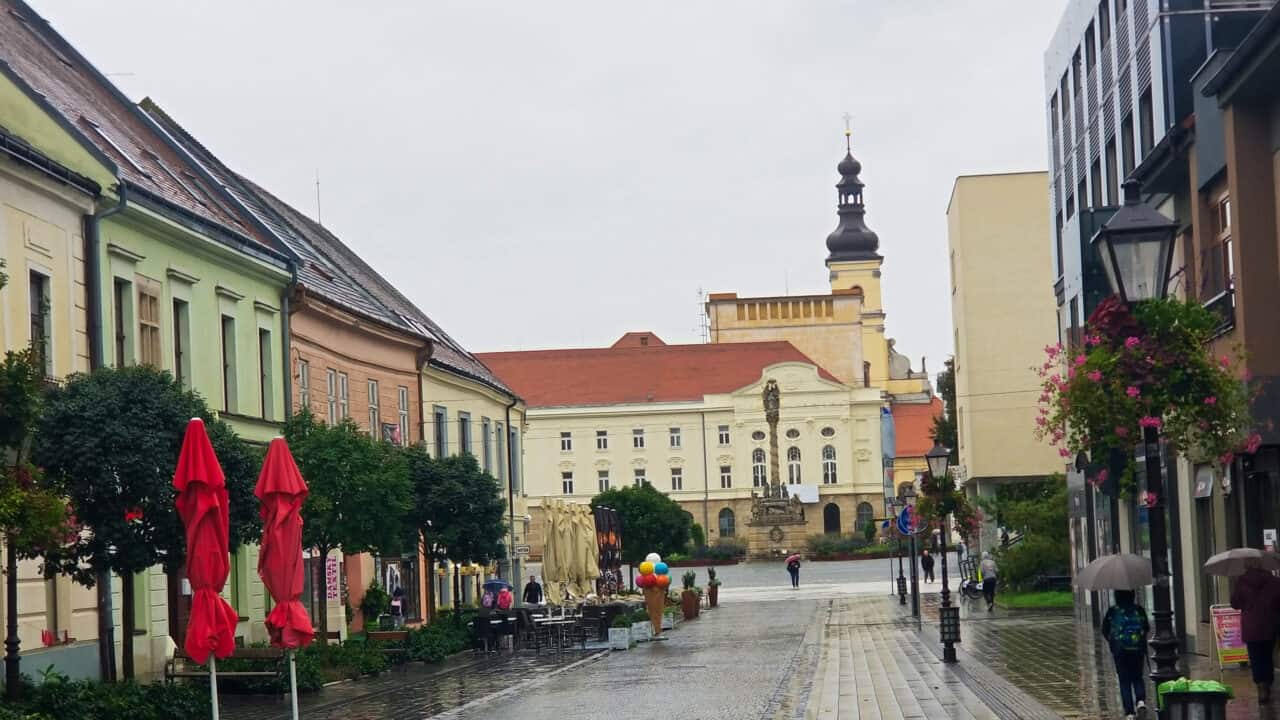
We plan on leisurely continuing to cycle on some of the long distance cycle routes that we started last year. Currently the portions of Croatia and Italy that border Slovenia on the Adriatic are still open. If it stays that way, we will try and do a lot of biking along the Adriatic as well. That is a lovely area, especially when it isn’t packed with tourists.
As I finish writing this we are one hour from a casino just inside the Slovenian border. The parking lot apparently has an area specifically for RVs to camp. It doesn’t have any services but we are full of water and have a generator so we will likely stay there for a few nights before going further south to a campground.
PS I just wanted to tell everyone that our replacement window for the broken side window on our RV has arrived and we now have it in our bedroom. As soon as we get somewhere with access to a ladder and nice weather Mike is going to see if he can install it himself. YEAH

Leave a Reply